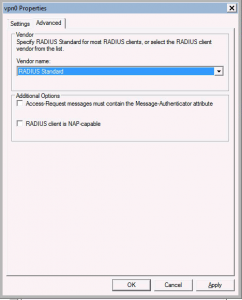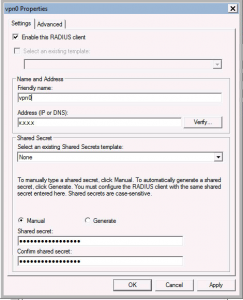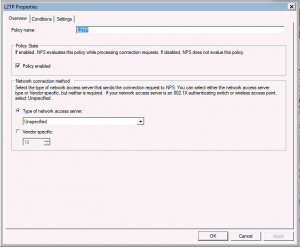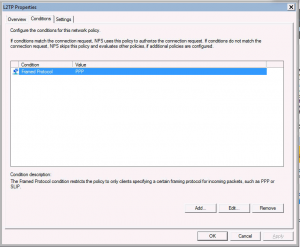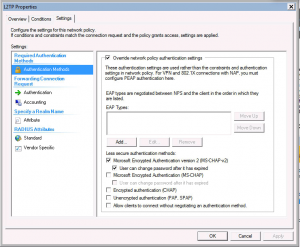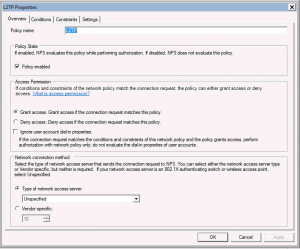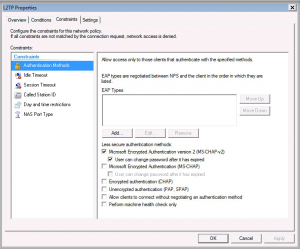 We have a serious problem with the mobile industry in Canada. There has been a lot of controversy surrounding cellphone contracts and high monthly costs to the consumer, while carriers are recording substantial profits. Consumers are feeling like they are being taken advantage of and maybe they are. Below is my take on the problem, how to fix it and how, as a consumer, to take advantage of it.
We have a serious problem with the mobile industry in Canada. There has been a lot of controversy surrounding cellphone contracts and high monthly costs to the consumer, while carriers are recording substantial profits. Consumers are feeling like they are being taken advantage of and maybe they are. Below is my take on the problem, how to fix it and how, as a consumer, to take advantage of it.
The Consumer’s Perception Of Phone Costs Are Unrealistic
A $599 iPhone, for example, is being subsidized by a 3 year contract to bring the initial cost for the consumer down to $199. In doing so, this gives the consumer the false impression that the phone’s value is only $199, when in reality its true cost is $599. This higher price tag is what it would cost the consumer to buy the phone straight from the manufacturer (this is also roughly what the carrier pays to the manufacturer). When you cut the contract length by a year, you need to increase the monthly subsidy to pay for the phone.
Carriers Are Also To Blame
Carriers have allowed for the undervaluation of smartphones by using their marketing and business model to hide the subsidy amortization in the monthly price of the phone. Carriers are not always explicit that part of the monthly plan is the amortization of the subsidy over the term of the phone’s contract. In other words, they hid the subsidy in the monthly plans and offer phones at a reduced rate. People have become used to this and have forgotten about the time when cell phones actually cost more than $250.
The CRTC Is Also Part Of The Problem
The CRTC does not properly understand the problem and how to address it. As a result, they are addressing the issues that are spawning out of the problem, but not attacking the core of the problem itself. Put differently, they are treating the symptoms of the disease instead of the disease itself. The CRTC has set out guidelines for contract terms to be no more than 2 years, which inadvertently increases the monthly cost because of the aforementioned subsidy. Instead of addressing peripheral concerns like contract lengths, they should force carriers to separate the subsidy of the phone from the monthly cost of the service. In doing so this would make consumers aware that phones are being subsidized by the carriers.
A Cellular Bind
The Canadian cell phone industry is essentially in a catch-22 and most likely will not escape from it for at least 5 years. Many consumers are not aware of the subsidy component of their phones, while carriers are allowing this to happen. The misdirection of government oversight and regulation via the CRTC is addressing the issues that have sprung out of this situation, but not the root problem: the lack of visibility of subsidies that are included in most cell phone contracts. Until this lack of transparency is addressed and regulated on the part of the CRTC, we will continue to see a rise in consumer dissatisfaction when it comes to the prices of their mobile phone service. However, by decreasing the contract term length to 2 years, the CRTC will realize, through market feedback, that they inadvertently increased monthly costs or up-front costs. This realization should give them a better understanding of the root cause of the problem, which of course is the lack of transparency regarding the subsidy that consumers pay for their cell phones.
A Way To Take Advantage Of The Situation
You may be wondering how as a consumer to take advantage of this situation. It’s quite simple. As your contract nears the end of its term, carriers may provide a phone upgrade before your contract is over in exchange for signing on for another 2-3 years. This is the point where the carriers have determined you have paid out the subsidy for your last phone, allowing you to upgrade. If you think you’ll stay on with the carrier, as soon as you can upgrade, then you should upgrade. This will, in theory, allocate the subsidy component of your monthly fees to a new phone as opposed to record profits for the various cell phone carriers.
Good luck.
